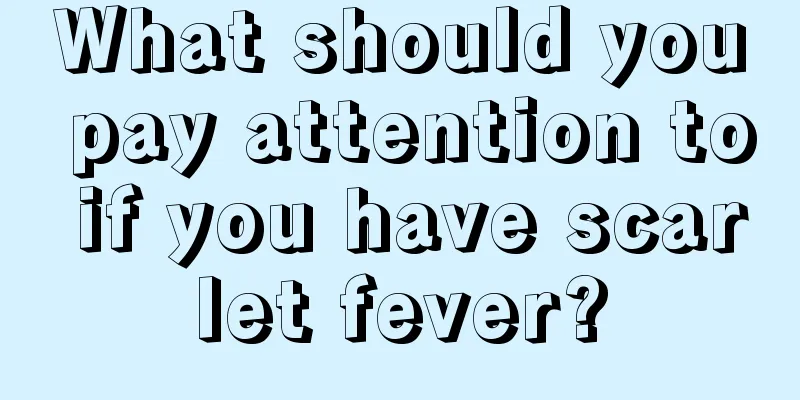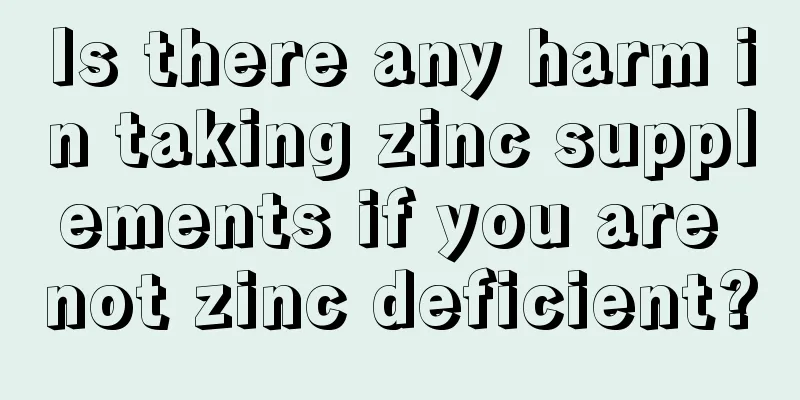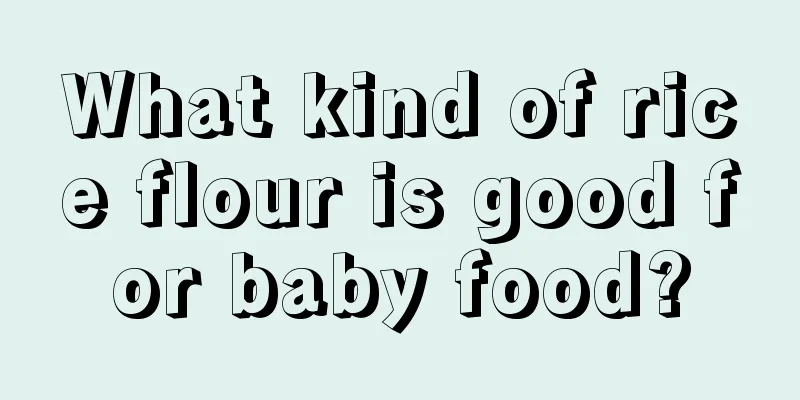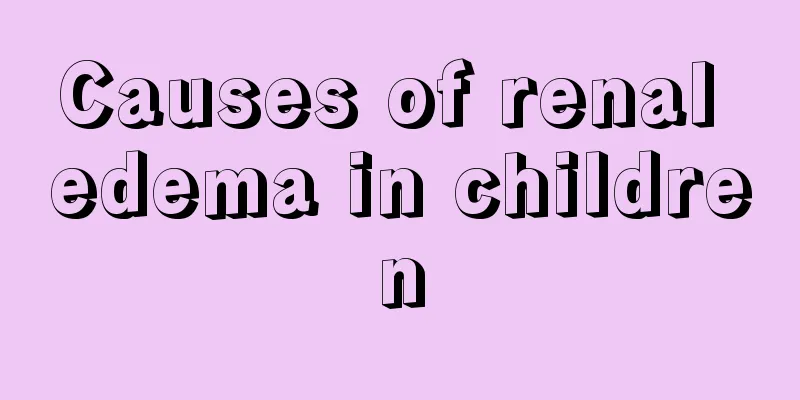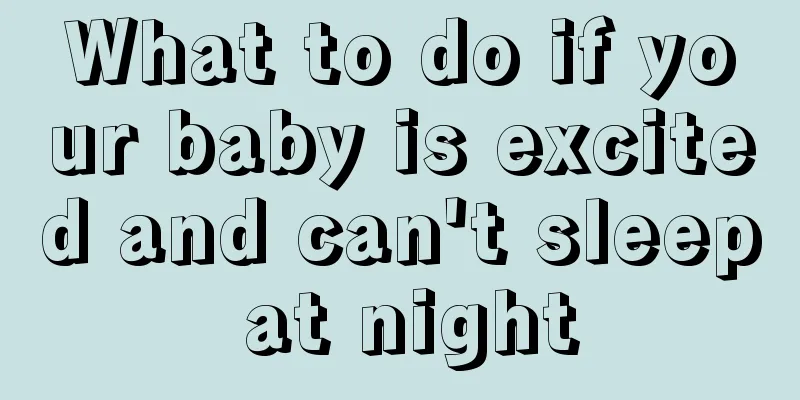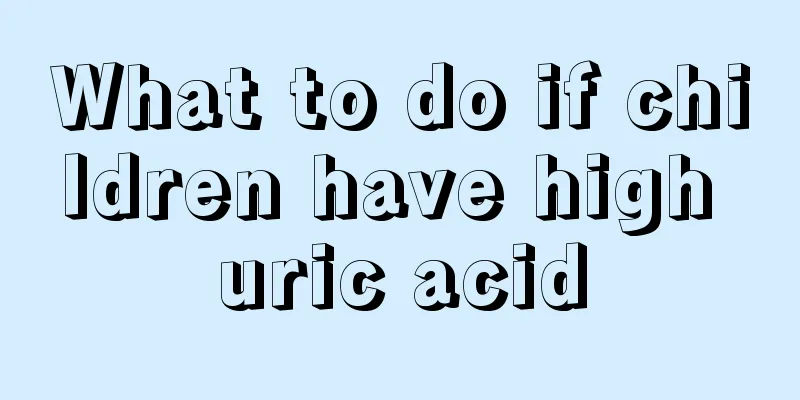What are the clinical manifestations of convulsions in children?

|
Many people do not know what convulsions in children are. In fact, this is what we often call cramps, and some people call it convulsions. The specific manifestations are twitching of the muscles in the child's limbs and unconsciousness. The causes are very complicated, such as some infectious diseases, such as meningitis, brain abscess, encephalitis and other diseases, and also include non-infectious factors such as cerebral hypoxia and intracranial hemorrhage. 1. Convulsions A few people may have signs before an attack: extreme irritability or "startling" from time to time, mental tension; frightened expression, sudden increase in muscle tension in the limbs; sudden rapid, paused or irregular breathing; sudden rise in body temperature, drastic change in complexion; pupils of different sizes; and uneven edges. Typical manifestations are sudden onset, loss of consciousness, head tilted back, fixed upward or squinting eyes, foaming at the mouth, clenched jaws, and clonus or tonic convulsions of the facial or limb muscles. In severe cases, neck stiffness, opisthotonos, irregular breathing, cyanosis, or incontinence may occur. The duration may be from a few seconds to several minutes or longer. Then turn into drowsiness or coma. Examination during or shortly after an attack may reveal signs such as dilated pupils, slow reaction to light, and positive pathological reflexes. Consciousness is restored shortly after the attack stops. During hypocalcemia convulsions, the child may be conscious. If the patient convulses again before consciousness is restored or the convulsions persist, it indicates that the condition is serious and may lead to death due to cerebral edema or respiratory failure. If the location of the twitch is localized and constant, it often has localization significance. Neonatal convulsions are often manifested as a variety of amorphous and changeable abnormal movements, such as apnea, irregular breathing, staring eyes, paroxysmal pallor or cyanosis. Convulsions in infants and young children sometimes only manifest as twitching of the corners of the mouth or eyes, twitching of one limb, or alternating twitching of both limbs. Neonatal convulsions are rarely manifested by systemic convulsions, but are often manifested by irregular or paused breathing, paroxysmal cyanosis or pallor, staring eyes, nystagmus, blinking movements, or sucking and chewing movements. 2. Status convulsus It refers to a seizure that lasts for more than 30 minutes, or a seizure in which consciousness cannot be fully restored. It is a critical type of convulsion. Prolonged convulsions can cause high fever, hypoxic brain damage, cerebral edema and even brain herniation. 3. High fever convulsions It is common in children between 6 months and 4 years old. Convulsions usually occur in the early stage of fever and are short-lived. It is rare for multiple seizures to occur consecutively during a single febrile illness. It often occurs within 12 hours of fever. Consciousness recovers quickly after the attack, and there are no positive neurological signs. The EEG returns to normal one week after the fever subsides. This is a simple febrile convulsion with a good prognosis. The onset age of complex febrile seizures is uncertain, often occurring before 6 months or after 6 years of age. Initially, it is a high fever seizure. After several seizures, convulsions may occur with low fever or even without fever. Sometimes, the seizures occur repeatedly, and each seizure lasts longer, more than 15 minutes. The EEG examination is still abnormal 2 weeks after the seizure, and the prognosis is poor. The probability of developing epilepsy is 15% to 30%. |
<<: Don't panic when your child has a nosebleed. How to stop the bleeding quickly
>>: What causes laryngitis in children?
Recommend
Why does my child's farts smell so bad?
Whether a child's farts are normal or not als...
What is the reason for the yellow hair of children
Children are in a period of rapid growth, and the...
How to make your child love eating?
The main reason why children do not eat is that t...
How to clean earwax for a two-year-old baby
For adults, earwax removal is a simple matter. Ho...
How many days does it take for a child to recover from influenza A?
Influenza A is a very strong type of influenza. I...
Is it okay to cover a child's sweat when he has a fever?
Covering up children's sweat when they have a...
Can nine-month-old babies eat kiwi fruit? What are the benefits?
Around 4 months old, babies begin to gradually ea...
How to formulate a weight loss plan for children
With the improvement of people's living stand...
Why can't children speak clearly?
When children are a little older and cannot speak...
What causes constipation in newborns?
The problem of neonatal constipation makes parent...
What are the white spots on the child's hair?
If a child has a lot of white spots on his hair, ...
What should we pay attention to when children cough after strenuous exercise?
Some children seem to be fine, have no disease, a...
What is the normal armpit temperature for children?
The normal body temperature of our human body is ...
Difference Between Encephalitis and Meningitis
Encephalitis and meningitis are two diseases that...
Why does my 3-year-old baby refuse to eat?
When a baby shows any adverse symptoms, a physica...

